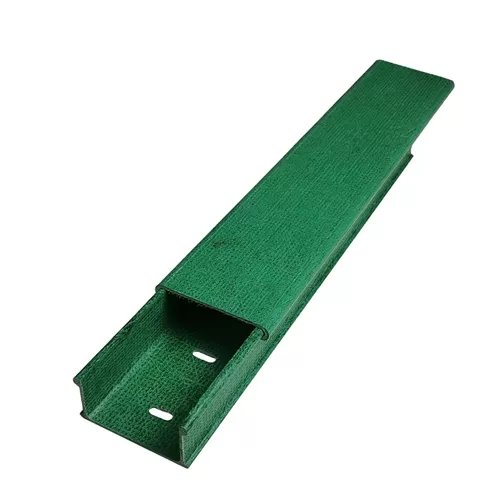Both cable trays and electrical conduit systems are two alternatives often used in electrical installations. In some cases, however, it may be more advantageous to choose cable trays. The following are some of the advantages of choosing cable trays:
1. Flexibility: Cable bridges can easily adapt to busy workplaces or those environments that require frequent changes. This flexibility makes maintenance easier for electricians because they don’t need to shut down entire circuits to replace cables.
2. Capacity: Cable bridges have greater capacity to hold multiple cables arranged on a flat surface, whereas electrical conduits can only hold a single cable. This means that cable bridges can better manage large cable bundles, resulting in a more organized and regulated electrical installation.
3. Cost reduction: Cable bridges are cheaper compared to electrical conduits, especially when large cable bundles need to be managed. In addition, because the process of installing and maintaining cable bridges is so simple, labor and time costs can be significantly reduced.
4. Better ventilation and heat dissipation: Because cable bridges allow air circulation, they are better suited than wire duct systems for managing heat generating and high power equipment. In hot workplaces or environments where heat dissipation is required, the use of cable bridges can improve the overall efficiency of the system.
In summary, there are situations where choosing to use a cable tray over a wire duct system may be more advantageous. However, whichever system you choose, you should work with a professional electrical engineer and installation technician to ensure that your electrical installation is performed to the highest standards.

